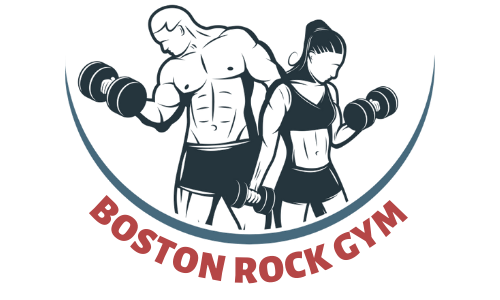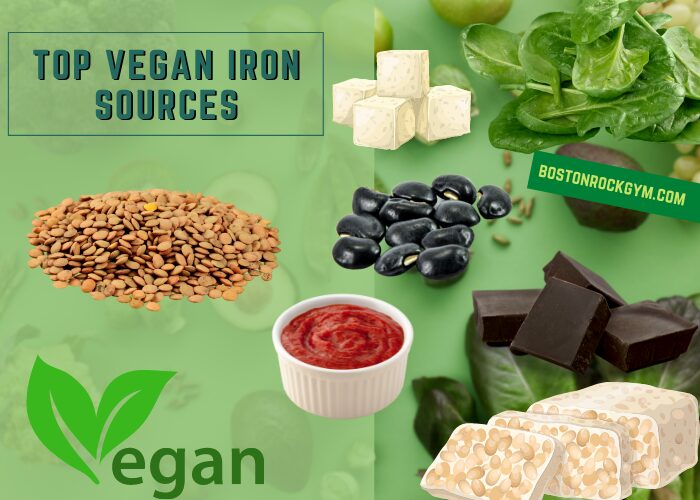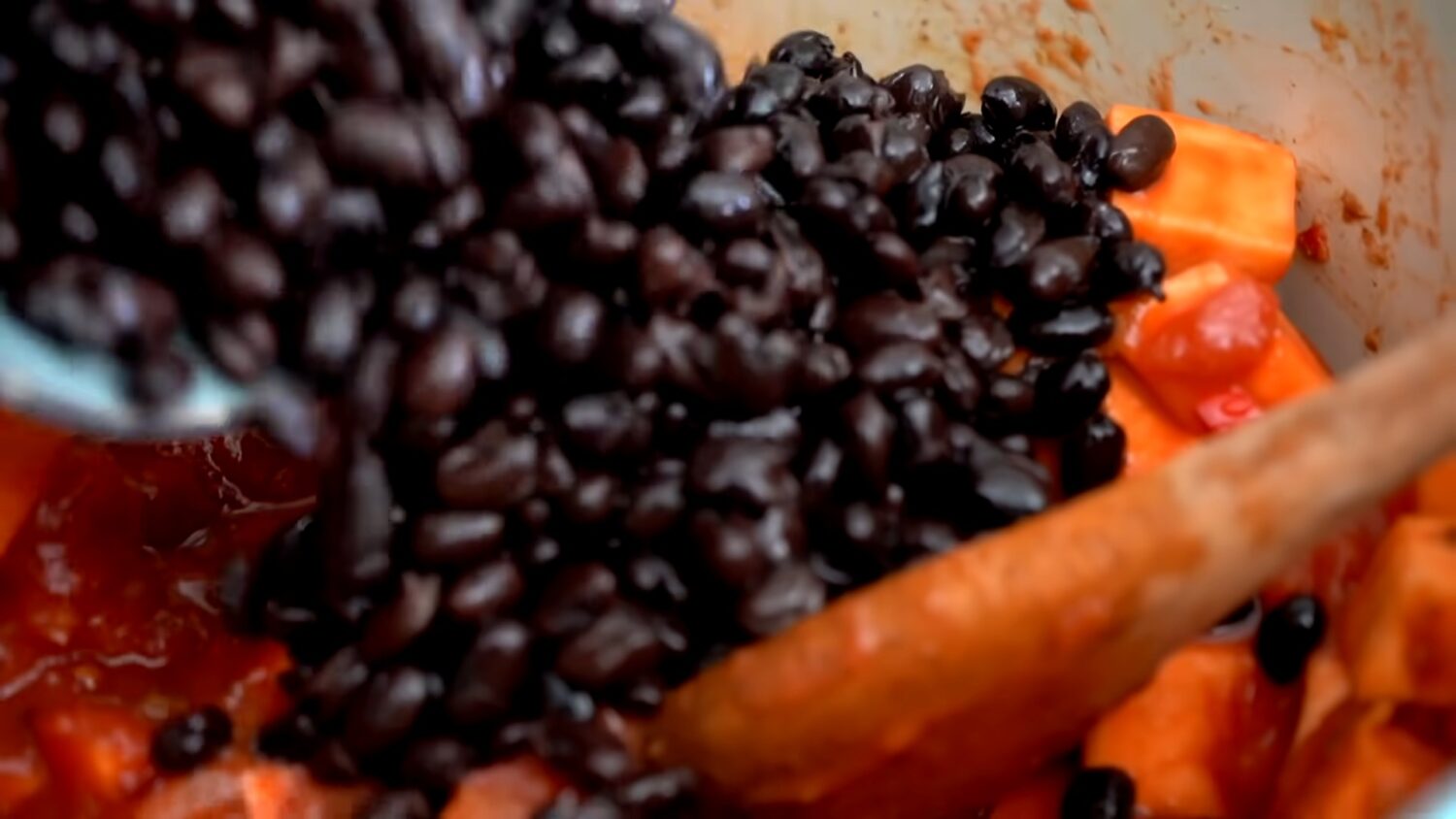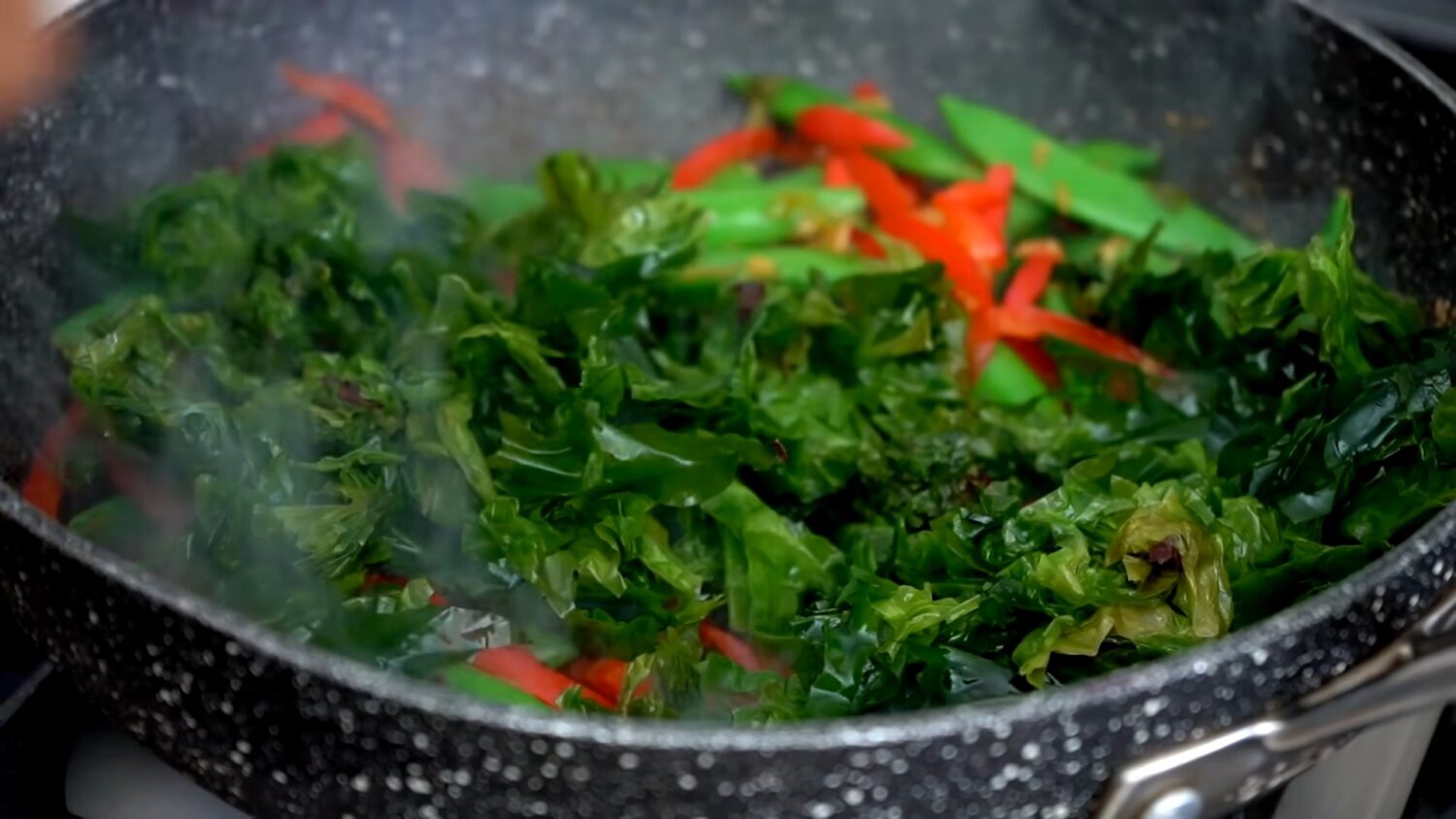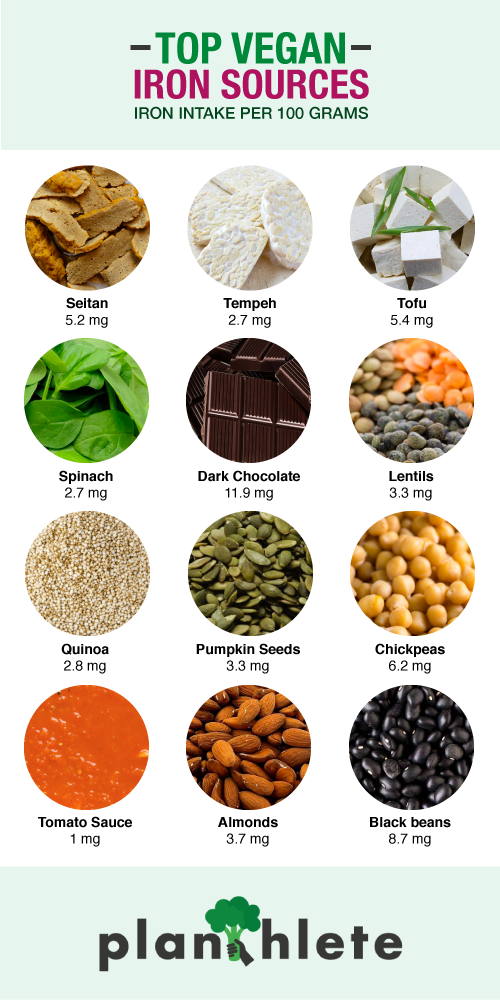Iron deficiency is the most common nutrient deficiency in the world.
Contents
Why do we need iron?
Iron is a mineral that plays an important role in the functioning of the body. It’s an essential component of hemoglobin. Hemoglobin is a protein that is in your red blood cells, they are responsible for the transport of oxygen in your body. If you have a shortage of iron, then there is a shortage of oxygen that is being transported through your body.
This is why you’ll feel dizzy, fatigued, have a lot of headaches if you have a shortage of iron. And some effects can be even worse: There is a high risk of palpitations. Iron is also needed to create antibodies that help your body to protect you against diseases. Besides that, iron helps to break down harmful substances in your body.
How much iron should I eat?
A healthy body contains 800 to 1500 mg of iron. It’s essential to keep up your iron stock on the right level. Therefore men need to consume 11 mg of iron per day, for women 15 mg of iron per day is recommended.
Children and teenagers need more iron than average. This is because they are still growing. For small children, it’s important to be alert on their iron intake.
Can you get enough protein as a plant-based athlete?
People that follow a vegetarian or a vegan diet belong to the group that risks having a shortage of iron. The average person gets mostly its daily iron needs out of meat, which is not, of course, not included in vegetarian and vegan diets. This is why you need to pay attention to your iron intake as a vegan.
However, it is not impossible. The iron found in plant-based foods is called non-heme iron. Non-heme iron is unfortunately not absorbed as well as the heme form in animal products.
It’s commonly thought that vegetarians and vegans are more prone to an iron deficiency because of this. However different studies have shown that these diets contain just as much iron, if not more, than diets containing meat.
But, although vegans may consume as much as meat-eaters, there still is a greater risk of deficiency because of the non-heme iron. That’s why it’s recommended that vegetarians and vegans multiply their recommended iron take by 2 times to compensate for the reduced absorption.
Next, to taking supplements, there is another way to improve the absorption of iron. It’s eating more food! Some foods can enhance your body’s ability to absorb iron even better. Vitamin C has been shown to enhance iron absorption.
It captures non-heme iron and stores it in a form that’s more easily absorbed by your body. Foods high in vitamin C include citrus fruits, dark green leafy vegetables, bell peppers, melons, and strawberries.
Can you eat too much iron?
Iron toxicity from food sources is uncommon. Once you consume your food, your body has its own balancing system to make certain that it gets just enough and break off the unneeded iron. Nevertheless, one report showed that deadly overdoses were possible with excessive intakes of iron supplements. So, be careful with the supplements you take! Excessive iron levels can also occur in some people with a condition called hemochromatosis.
This is usually caused by a gene that enhances absorption. Additionally, consuming too much iron over time may cause large deposits of it to form in the liver and other tissues. Consequently, it may lead to diabetes, heart disease, and liver damage. This is why you never should take an iron supplement unless when recommended to you by a health professional.
Vegan food sources high in iron
Iron deficiency is the most common nutrient deficiency in the world. The good news is that you can get all the iron you need from a vegan diet because there are lots of plant foods containing good amounts of this mineral. Here are the top vegan iron sources that have a high iron intake per 100 grams!
Seitan – 5.2 mg of iron
Seitan, or wheat gluten, is a food made from gluten, the main protein of wheat. It is made by washing a ball of wheat flour dough with normal water until all the starch granules have been removed and have left the sticky insoluble gluten as an elastic mass which then can be cooked before being eaten.
Tempeh – 2.7 mg of iron
Tempeh is made out of soy. It is a traditionally made food originating from Indonesia. Tempeh is high in protein, and has a lot of probiotics and contains a wide array of vitamins and minerals. Tempeh is a very versatile ingredient that comes with a large variety of all kinds of health benefits.
Tofu – 5.4 mg of iron
Next, to tempeh, Tofu is also known to be made out of soy. It is prepared by coagulating soy milk and pressing the resulting curds into soft white blocks. Tofu is wide-variable and the most popular meat replacement by vegans. Tofu is a great source of protein and contains all nine essential amino acids. It is also a great source of iron and calcium, it also contains the minerals manganese, selenium and phosphorous.
Spinach – 2.7 mg of iron
Spinach is the reason why Popeye got so strong. It has a lot of iron and is low in calories. This dark leafy green is packed with vitamin C, and they also provide protein, iron, vitamins, and minerals. It is also commonly used in smoothies.
Dark chocolate – 11.9 mg of iron
One of the best things to eat if you have an iron deficiency is dark chocolate with a whopping 11.9mg of iron per 100 grams, it is the best source of iron on this list. Next to the high amount of iron, it’s tasty. It’s chocolate! However, be moderate with the amount of chocolate you eat on a day.
Lentils – 3.3 mg of iron
Lentils are high in protein, fiber, folate, and manganese. They are an easy-to-prepare, versatile and nutritious mini version of a bean. They grow in pods and come in red, brown, black and green. You can make lentil soups, stews or add them to any meal as an extra protein source.
Quinoa – 2.8 mg of iron
Quinoa is one of the most popular health foods, think of all the quinoa salads and stir-fries you see nowadays. It is gluten-free and high in protein. Next to Tofu is one of the few plant foods that contain all nine essential amino acids. It is also high in fiber, magnesium, potassium, calcium, iron, and vitamins B and E.
Pumpkin Seeds – 3.3 mg of iron
Pumpkin seeds are small but are packed with all kinds of valuable nutrients. They contain a lot of healthy fats, magnesium, iron, and zinc. It’s a great snack or you can use them in baking or smoothies.
Chickpeas – 6.2 mg of iron
Tomato sauce – 1 mg of iron
Tomato sauce contains not a lot of iron per 100g. But the serving sizes from tomato sauce are bigger, then, for instance, pumpkin seeds. And it’s super easy to incorporate in your diet. It also has a lot of other benefits for your diet. A cup of tomato sauce contains a quarter of your recommended daily intake of vitamin A and half of your daily need for vitamin C. Vitamin C enhances the absorption of iron!
Almonds – 3.7 grams of protein
Almonds are maybe one of the worlds most popular nuts, not only do they taste amazing. They also are highly nutritious and are packed with healthy fats, antioxidants, minerals, and vitamins. And also are pretty packed with iron.
Black Beans – 8.7 grams of protein
Beans, the black bean is maybe the best legume you can get. It’s a great source of fiber and protein. They are a staple food in Central and South America. Black beans are effective at reducing the rise in your blood sugar after a meal compared to other high-carb foods, for example, bread or rice. And it also contains a great amount of iron.
As you might have noticed, a lot of these ingredients are also on the list of the Top vegan protein sources. Are these the real superfoods?
